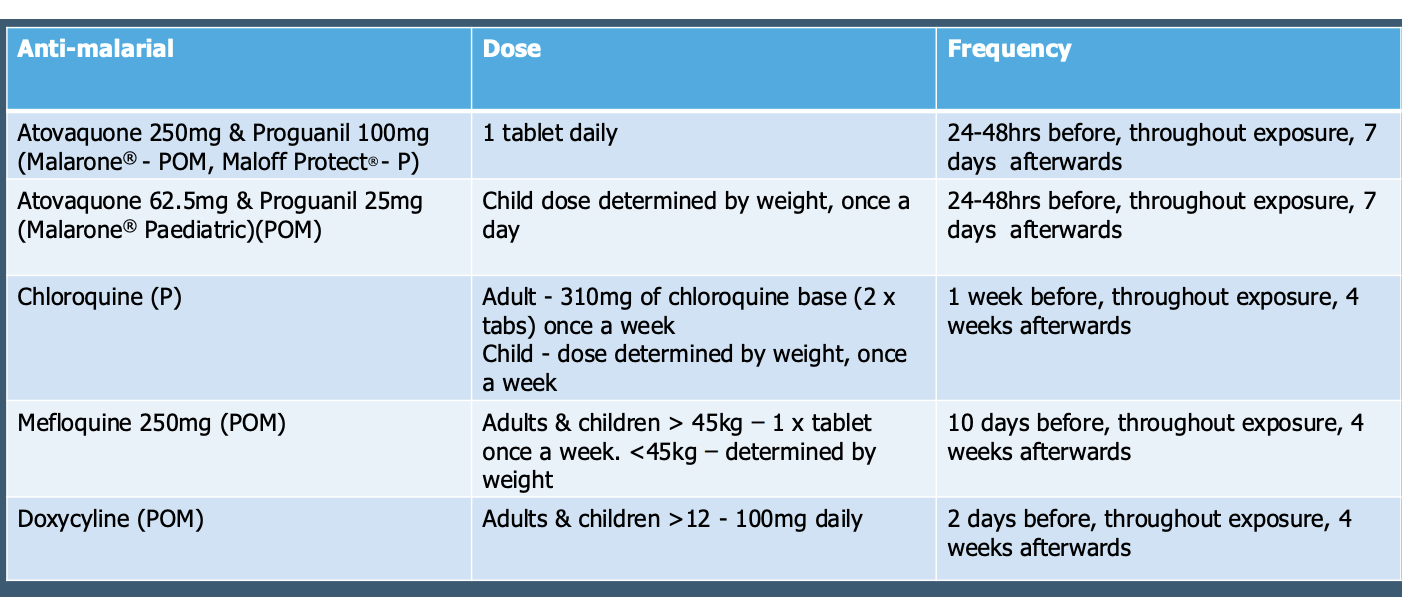Malaria
1/6
There's no tags or description
Looks like no tags are added yet.
Name | Mastery | Learn | Test | Matching | Spaced |
|---|
No study sessions yet.
7 Terms
What is malaria?
Malaria is a life-threatening illness caused by infection of red blood cells by Plasmodium parasites.
Transmission of malaria to humans occurs through the bite of infected female Anopheles mosquitoes.
what are the 5 species of plasmodium?
Plasmodium falciparum
Plasmodium vivax
Plasmodium ovale
Plasmodium malariae
Plasmodium knowlesi
Malaria cycle?
Mosquito bites a person infected with malaria
Parasite enters bloodstream & travels to liver
Infection develops in liver Re-enters bloodstream & invades red blood cells Parasite grows & multiplies in red blood cells
Infected red blood cells burst & release more parasites into blood
Symptoms of malaria?
Fever (often 39°C or higher), sweats, and/or chills — absence of fever should not remove the suspicion of malaria.
Headache.
General malaise, lethargy, and fatigue — somnolence is more common in children than in adults.
Anorexia, gastrointestinal disturbance (such as nausea, abdominal pain, vomiting, diarrhoea), and jaundice.
Poor feeding in children.
Myalgia
Sore throat, cough, lower respiratory tract symptoms, and respiratory distress.
Confusion.
factors affecting levels of exposure risk?
Temperature, altitude & season
Rural vs. urban location
Type of accommodation
Patterns of activity
Length of stay
Prevention?
ABCD of malaria prevention
Awareness of the risk Check destination; get travel health advice; www.fitfortravel.nhs.uk
Bite prevention Insect repellent (DEET); cover up clothing; sleep in air conditioned room or under a bed net
Chemoprophylaxis Can reduce risk of malaria by 90%; use in combination with bite avoidance
Diagnosis Seek medical advice promptly if have fever/flu-like symptom
Chemoprophylaxis?
